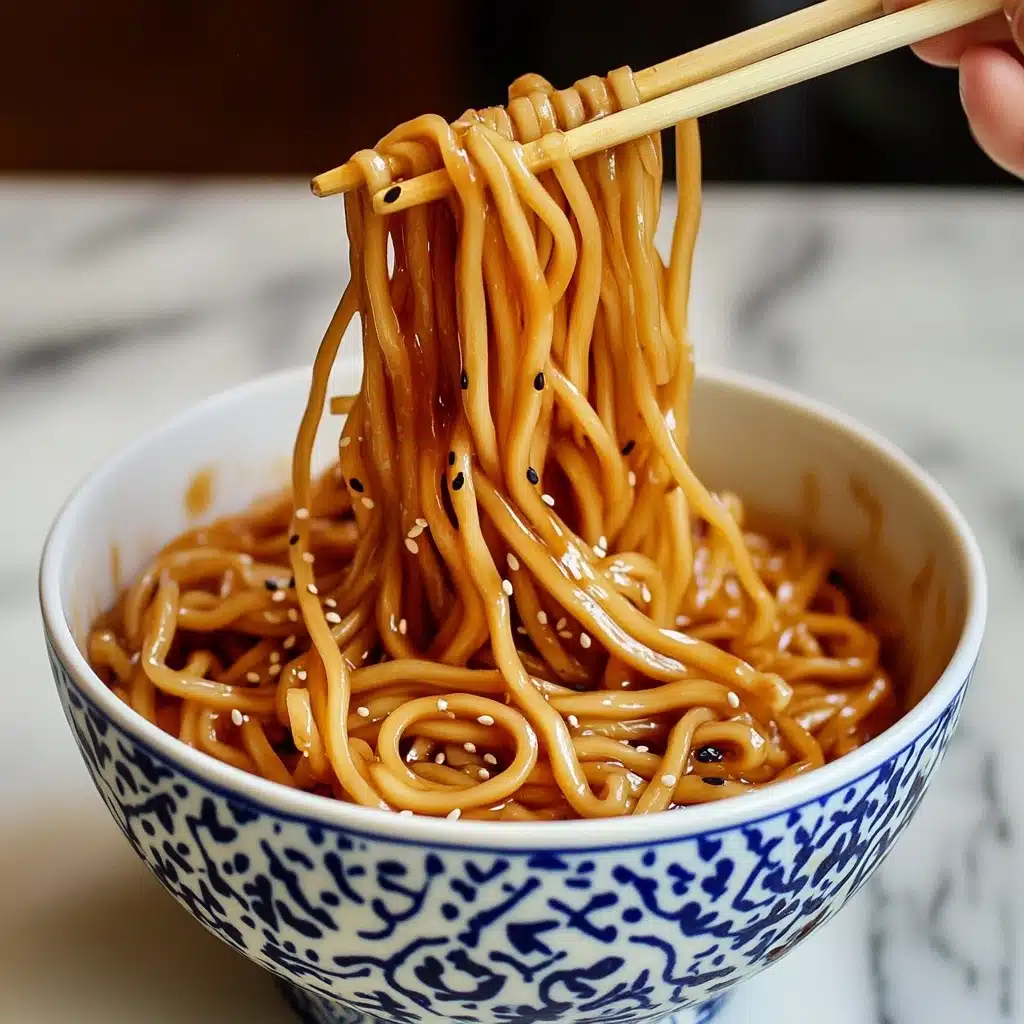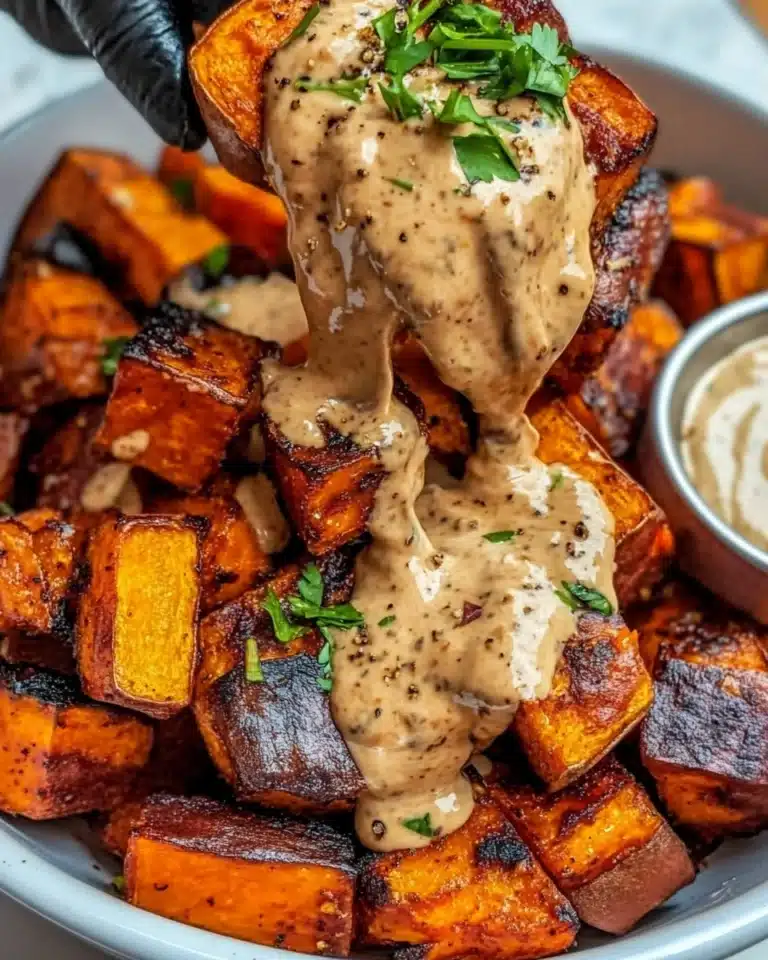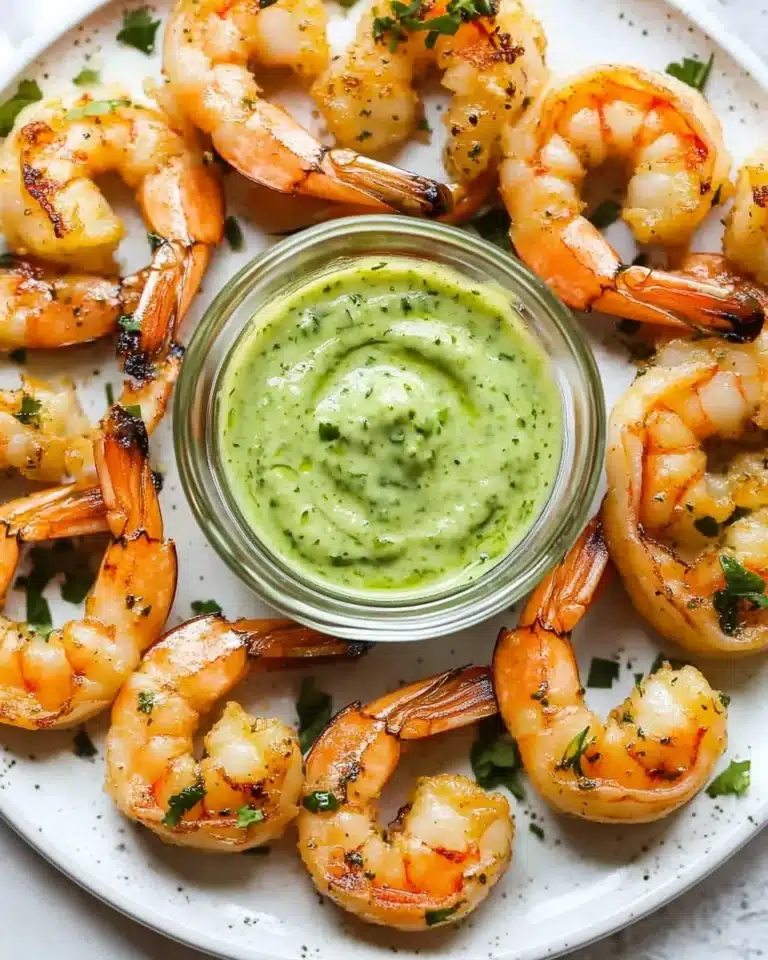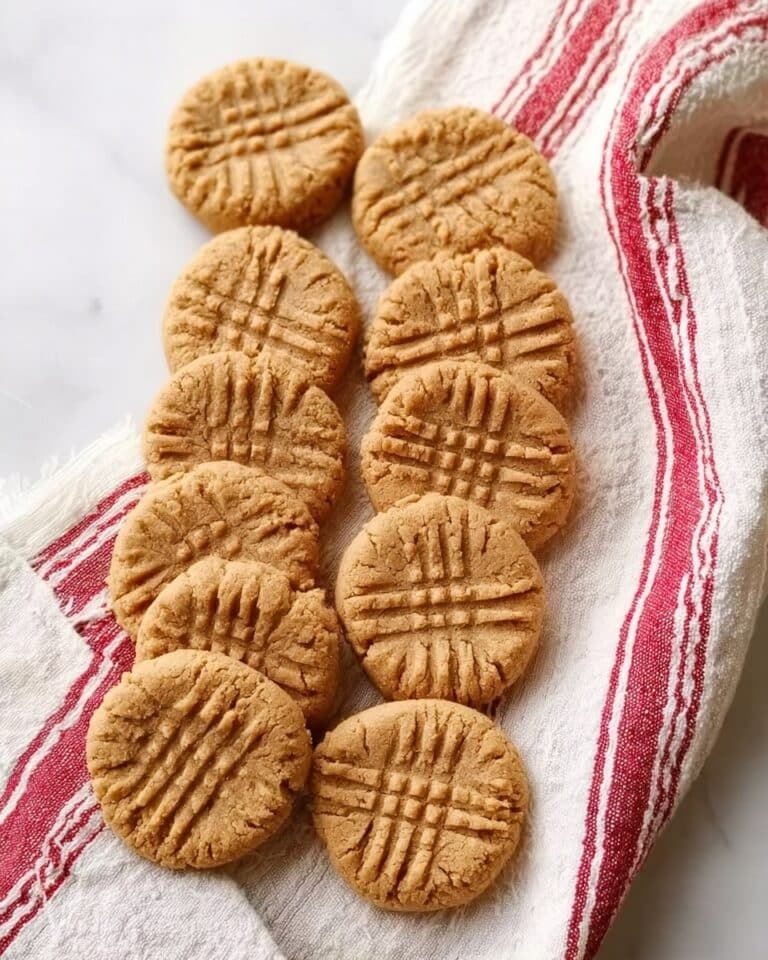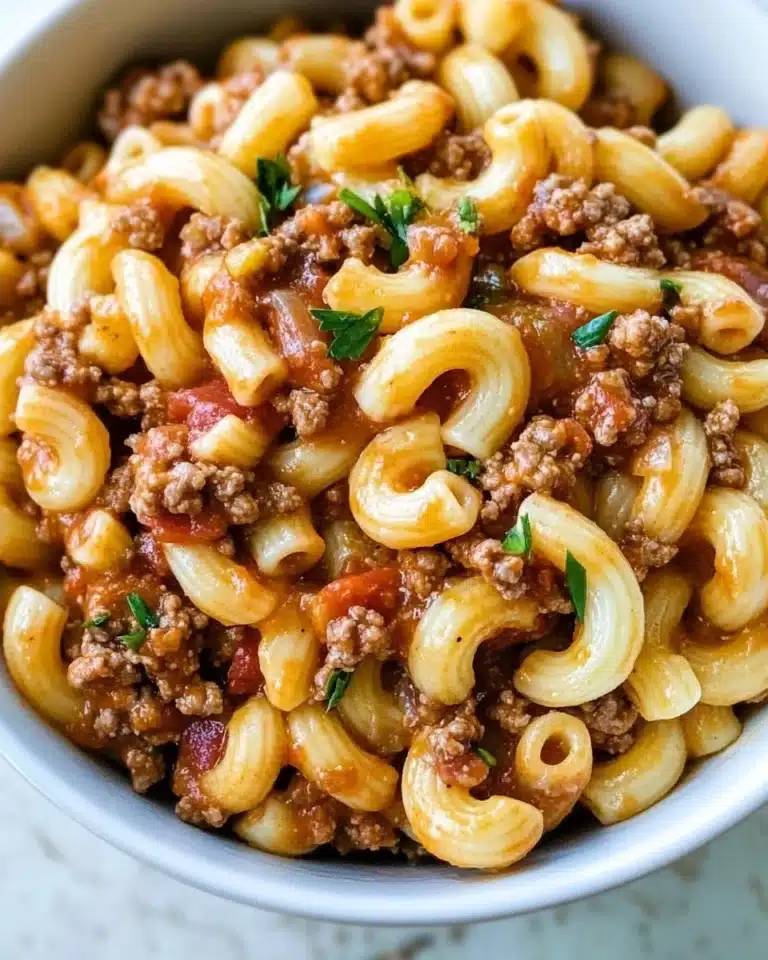I absolutely love this Hibachi Noodles Recipe because it brings that perfect blend of savory, sweet, and nutty flavors right to your dinner table in under 30 minutes. When I first tried making hibachi noodles at home, I was amazed at how simple ingredients and a straightforward method could mimic the restaurant-quality taste without any fancy equipment. You’re going to find that this recipe is a fantastic weeknight go-to that pairs perfectly with just about any hibachi-style protein or veggies.
What makes this Hibachi Noodles Recipe special is its versatility and the way the sauce clings to each strand of pasta, thanks to the combo of butter, soy, and teriyaki flavors. Whether it’s a cozy family dinner or a casual gathering with friends, these noodles steal the show every time. Plus, it’s easy to customize with additions or spice it up just how you like – I’ll share all my favorite tweaks along the way.
Why You’ll Love This Recipe
- Quick & Easy: Ready in just about 20 minutes, perfect for busy weeknights.
- Restaurant Flavor at Home: Recreates that beloved hibachi taste without any special grill.
- Highly Customizable: Easily add proteins or veggies to suit your mood and pantry.
- Family Favorite: My kids actually ask for this, and it’s a hit every time we entertain.
Ingredients You’ll Need
For a truly delicious Hibachi Noodles Recipe, your ingredients work together to create that perfect balance of savory, sweet, and nutty flavors. Using simple pantry staples means you can usually whip this up on a moment’s notice, and picking fresh garlic always makes a difference.
- Linguine or noodles/pasta of choice: I like linguine because it holds sauce well, but feel free to use your favorite kind.
- Butter: Adds richness and rounds out the flavors perfectly.
- Garlic (minced): Fresh garlic is key here—skip the powder if you can for the best aroma.
- Sugar: Just a touch to balance the salty soy and teriyaki sauces.
- Soy sauce: Classic umami flavor; low sodium works well too.
- Teriyaki sauce: Brings a hint of sweetness and depth.
- Salt and pepper: To taste, but don’t overdo salt since soy sauce is salty.
- Sesame oil: Adds that signature nutty finish you can’t skip.
- Sesame seeds (optional): For garnish and a subtle crunch.
Variations
I like to switch things up depending on what’s in my fridge or what my family feels like eating. This Hibachi Noodles Recipe is so flexible that you can easily turn it into a vegetarian wonder or a hearty protein-packed meal.
- Add Veggies: Toss in sautéed mushrooms, bell peppers, or zucchini for some fresh texture and flavor enhancements — my family enjoys when I add red bell peppers for a pop of color.
- Protein Boost: Grilled chicken, shrimp, or steak take this recipe to the next level. I once grilled some flank steak and sliced it thin to stir in — incredibly satisfying!
- Spice It Up: If you love heat, a pinch of red pepper flakes or a drizzle of sriracha gives the noodles a nice kick without overpowering anything.
- Gluten-Free: Substitute with gluten-free noodles and tamari sauce to keep this dish accessible for everyone.
How to Make Hibachi Noodles Recipe
Step 1: Melt the Butter and Sauté your Garlic
Start by melting the butter in a large skillet over medium-high heat; this is the foundation that builds rich flavor. Once it’s melted, toss in the minced garlic and sauté for about 30 seconds to 1 minute until you can smell that lovely garlicky aroma. Just be sure not to let the garlic brown or burn—watch it closely because burned garlic turns bitter and can spoil the whole batch.
Step 2: Add the Noodles and Coat Them
Next, add your cooked and drained noodles right into the skillet. I usually cook mine until just al dente because they’ll finish cooking slightly in the sauce, and I don’t like mushy noodles! Toss them in the garlic-butter mixture well, making sure every strand is coated. This step gives the noodles that silky texture you’re aiming for.
Step 3: Stir in Sugar, Soy Sauce, and Teriyaki
Here’s where the magic happens! Add the sugar, soy sauce, and teriyaki sauce to the noodles and mix everything thoroughly. You want the sauce to evenly cling to your noodles for that perfect balance of sweet and salty. I like to add the sugar little by little, taste-testing so it doesn’t get too sweet or overwhelming.
Step 4: Season and Finish with Sesame Oil
Season your noodles with salt and pepper, keeping in mind the soy sauce’s saltiness. Once everything’s well mixed, take the pan off the heat and gently drizzle sesame oil over the noodles. That last addition of sesame oil adds a gorgeous, nutty aroma and flavor that makes this recipe stand out. Give it a final toss to distribute the oil evenly.
Step 5: Garnish and Serve Hot
Sprinkle some sesame seeds on top if you’re feeling fancy or want a subtle crunch. Serve your hibachi noodles piping hot alongside your favorite hibachi meats or stir-fried veggies. Personally, I love pairing these noodles with grilled chicken and some fresh stir-fried snow peas for a balanced meal.
Pro Tips for Making Hibachi Noodles Recipe
- Use Al Dente Noodles: Cooking noodles al dente prevents them from getting mushy after tossing in sauce.
- Watch the Garlic Carefully: Always sauté garlic on medium heat and keep stirring to avoid burning it.
- Adjust Sweetness Gradually: Add sugar slowly and taste as you go to get the perfect sweet-salty balance.
- Add Sesame Oil Last: Drizzle it at the end to retain its nutty aroma and flavor without burning it.
How to Serve Hibachi Noodles Recipe
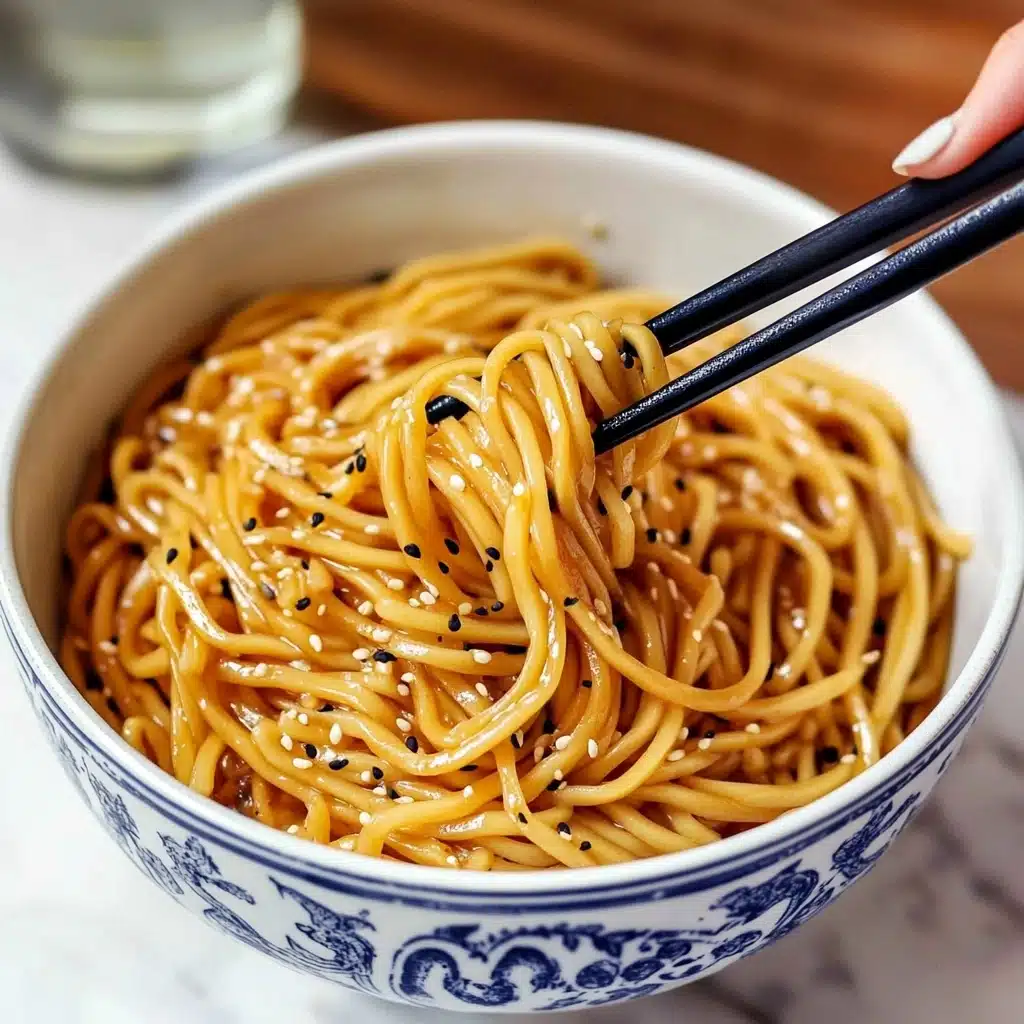
Garnishes
I usually top my hibachi noodles with a sprinkle of toasted sesame seeds for a bit of texture and visual appeal. Sometimes I chop green onions or add a handful of thinly sliced scallions for freshness. These garnishes just elevate the dish with minimal effort, and my family always appreciates the extra look and crunch.
Side Dishes
For sides, I love serving these noodles with a fresh cucumber salad or a simple miso soup to bring some lightness. Stir-fried vegetables like snap peas, broccoli, or mushrooms complement the noodles nicely and add color to the meal. If you’re going all out hibachi style, grilled meats or teriyaki chicken are fantastic partners for this dish.
Creative Ways to Present
For special occasions, I’ve served hibachi noodles in individual bowls garnished with edible flowers and thinly sliced fresh chili for a pop of color and excitement. Another fun idea is using a large platter, arranging the noodles in a nest shape, and placing grilled proteins artistically around it for a showstopping family-style presentation.
Make Ahead and Storage
Storing Leftovers
Leftover hibachi noodles store beautifully in an airtight container in the fridge for up to 3 days. I like to drizzle a tiny bit of sesame oil before sealing to help keep the noodles from sticking together. When you’re ready to eat, stir them gently to separate any clumps.
Freezing
Freezing hibachi noodles isn’t my first choice because the texture can change a bit, but if you want to, freeze in smaller portions without the sesame oil or garnishes added yet. When thawing, warm them gently in a skillet over low heat and add sesame oil last to help refresh the flavor.
Reheating
To reheat, I prefer tossing the leftover noodles in a hot skillet with a splash of water or soy sauce to help loosen them up. Microwave works too—just cover them loosely, reheat in short intervals stirring in between, and add a little sesame oil or butter afterward to revive the flavor and texture.
FAQs
-
Can I use other types of noodles for this Hibachi Noodles Recipe?
Absolutely! While linguine works great for its texture and sauce absorption, you can substitute with spaghetti, udon, or even rice noodles for a gluten-free option. Just make sure to cook them al dente and adjust cooking time accordingly.
-
How do I make the Hibachi Noodles Recipe vegetarian or vegan?
To make it vegetarian or vegan, swap butter for a plant-based margarine or oil, and use tamari or a vegan soy sauce alternative. Skip any meat additions and load up on veggies like mushrooms, bell peppers, and zucchini for bulk and flavor.
-
What if I don’t have teriyaki sauce on hand?
No worries! You can simply use additional soy sauce combined with a little honey or brown sugar and a splash of rice vinegar or mirin to replicate teriyaki’s sweet-savory profile.
-
Can I prepare Hibachi Noodles Recipe in advance?
You can cook noodles ahead of time but mix in sauces and butter just before serving to keep the noodles fresh and prevent sogginess. Store noodles separately and combine when reheating.
-
How can I add more protein to this dish?
Grilled chicken, shrimp, or thinly sliced steak are perfect additions. You can cook them separately and toss them in at the end or stir-fry them quickly alongside the noodles for combined flavor.
Final Thoughts
This Hibachi Noodles Recipe is one of those dishes I keep coming back to because it’s simple, satisfying, and always reminds me of my favorite hibachi dinners growing up. It’s so rewarding to whip up something that tastes special without any stress. If you try it, I promise it’ll become a staple in your rotation, just like it did in mine. Enjoy the process, tweak it your way, and most importantly – savor every delicious bite!
Print
Hibachi Noodles Recipe
- Prep Time: 10 minutes
- Cook Time: 10 minutes
- Total Time: 20 minutes
- Yield: 4 servings
- Category: Main Dish
- Method: Stovetop
- Cuisine: Japanese-inspired
Description
Hibachi Noodles are a flavorful and easy-to-make stir-fried noodle dish inspired by traditional Japanese hibachi cooking. This recipe features linguine noodles coated in a savory garlic-butter sauce enhanced with soy and teriyaki sauces, finished with sesame oil and optionally garnished with sesame seeds. Perfect as a side or a main when paired with grilled meats or vegetables.
Ingredients
Noodles
- 1 lb. linguine or noodles/pasta of choice, cooked al dente
Sauce & Flavorings
- 3 tablespoons butter
- 1 tablespoon garlic, minced
- 3 tablespoons sugar
- 4 tablespoons soy sauce
- 1 tablespoon teriyaki sauce
- Salt and pepper, to taste
- 1 tablespoon sesame oil
- 1 tablespoon sesame seeds (optional, for garnish)
Instructions
- Melt the Butter: In a large skillet over medium-high heat, melt the butter to create a rich, savory base for the noodles.
- Sauté the Garlic: Add minced garlic to the melted butter and sauté for about 30 seconds to 1 minute, until fragrant but not browned, to infuse the butter with garlic flavor.
- Add the Noodles: Toss the cooked noodles into the skillet, stirring to coat them evenly with the garlic-butter mixture for a flavorful foundation.
- Incorporate the Sauces: Stir in the sugar, soy sauce, and teriyaki sauce, tossing the noodles well to ensure they are fully coated with the delicious sauce blend.
- Season: Season the noodles with salt and pepper to your taste preference, stirring to combine thoroughly.
- Drizzle with Sesame Oil: Remove the skillet from heat and drizzle sesame oil evenly over the noodles, adding a characteristic nutty aroma and flavor.
- Garnish and Serve: Optionally sprinkle sesame seeds on top for garnish and serve the hibachi noodles hot. They pair well with hibachi-style grilled meats or stir-fried vegetables.
Notes
- Add Veggies: Sauté mushrooms, bell peppers, or zucchini alongside the garlic for extra flavor and texture.
- Protein Boost: Incorporate grilled chicken, shrimp, or steak to make the dish more substantial.
- Spice It Up: Add a pinch of red pepper flakes or a drizzle of sriracha for a spicy kick.
- Gluten-Free: Substitute gluten-free noodles and tamari sauce for soy sauce to make the dish gluten-free.


